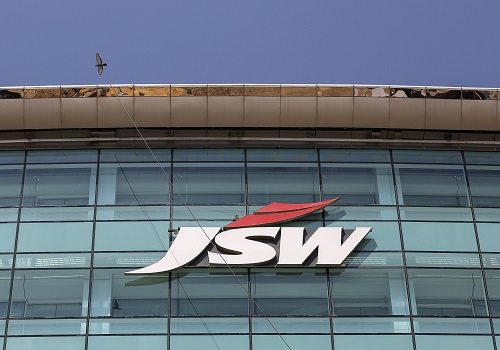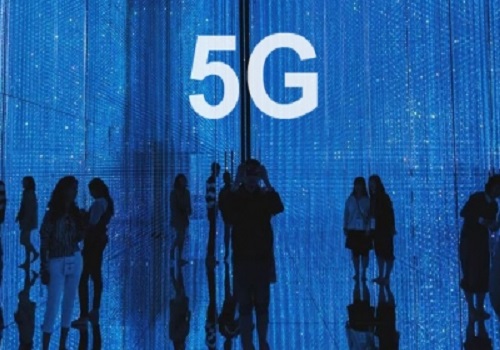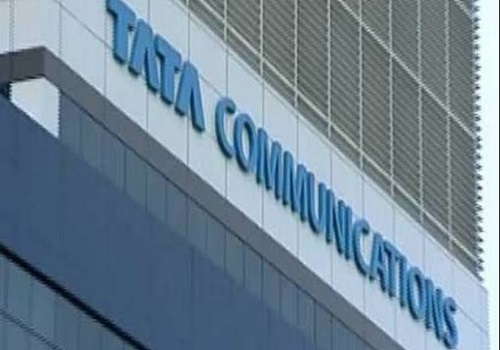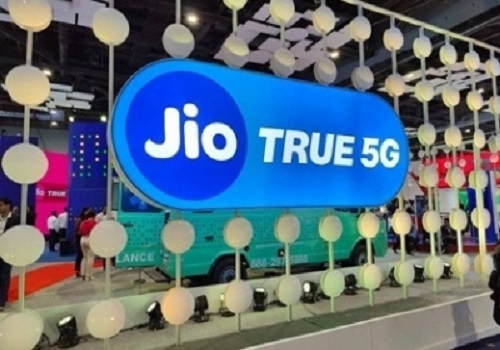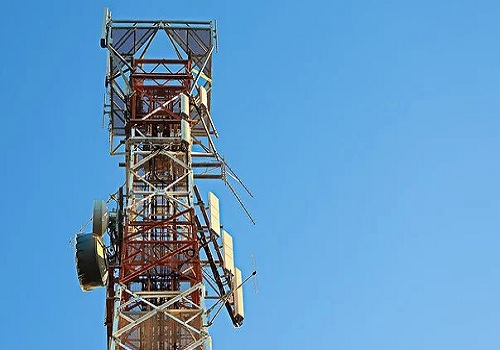India must ensure robust 5G infrastructure before rolling out services

Follow us Now on Telegram ! Get daily 10 - 12 important updates on Business, Finance and Investment. Join our Telegram Channel
As the country prepares to experience the first-ever 5G services from October this year, the real test for the telecom industry lies in creating a robust 5G infrastructure -- from towers to radio access networks -- and ensuring an uninterrupted, seamless experience.
IT Minister Ashwini Vaishnaw expects telcos to invest Rs 2-3 lakh crore on 5G and 4G in the next two years for better voice quality and high-speed data.
The task is mammoth and requires timely participation from all stakeholders, so that people in every part of the country can enjoy the same level of 5G services.
The stark truth is that even today, several places in the country do not have access to a true 4G experience amid frequent signal losses.
5G radio access networks, based on the New Radio (NR) standard, provides new levels of capacity, peak data rates and low latency -- with the ability to offer data rates of many tens of megabits per second to tens of thousands of users at the same time.
According to an Ericsson 5G paper, these networks help operators demonstrate technology and performance leadership, but also meet growing mobile traffic demands profitably by delivering new levels of cost-efficiency (including spectrum efficiency and sharing current assets).
T.R. Dua, Director General, Digital Infrastructure Providers Association (DIPA), told IANS that the current capacity per tower site is about 1 Gbps for 2G/3G/4G services.
"Once 5G kicks in, the capacity needed for each site will increase to 10-20 Gbps, which will require a fundamental change in the technology deployed at these tower sites," Dua told IANS.
Since 5G infrastructure warrants a dense network, it is important to consider the infrastructure needs and prerequisites before any kind of pilots and rollouts are performed.
"5G network densification will involve deployment of small cell infrastructure on residential and public infrastructure. To serve a highly populated or densely populated area, it is important to leverage any available infrastructure space where the 5G small cell or low power base transceiver station (LPBTS), which is touted to serve as a 'gNodeB', can be installed," he informed.
The 'gNodeB' is a third Generation Partnership Project (3GPP)-compliant implementation of the 5G-NR base station. The 3GPP is an umbrella term for standards organisations which develop protocols for mobile telecommunications globally.
5G will enable enhanced mobile broadband (eMBB) services, and create huge potential for new value-added wireless services through a wide range of new use cases, like fibre-equivalent Fixed Wireless Access (FWA) services, massive Internet of Things (IoT) services, and critical IoT -- enabling new applications in the automotive, manufacturing, energy and utilities and healthcare sectors, among others.
Unlike previous generations of Radio Access Network (RAN) standards, which were deployed as stand-alone networks, 5G NR is designed from the start to interwork fully with existing 4G LTE networks.
While this provides a high degree of continuity and seamless experience for users, "it also demands careful planning in order to minimise risk to existing services".
"We recently demonstrated how 5G can help enterprises automate manufacturing using private 5G networks. Recently, Bharti Airtel showcased two industrial grade use cases using trial spectrum for quality improvement and operational efficiency at Bosch manufacturing facility," Nitin Bansal, MD, India Head-Networks, Market Area South East Asia, Oceania and India, Ericsson, told IANS.
"In both the use-cases, 5G technology such as eMBB and ultra-low latency communication supported automated operations ensuring faster scale up and reduced downtime," Bansal added.
To ensure the smooth introduction of 5G, operators need to look ahead and identify the deployment approach which makes best use of existing investments and best supports their own business strategies.
According to Dua, public infrastructure such as government buildings, street poles and bus stop vestibules, etc are often located in places which are easily available for public access.
"This coverage can only be ensured if public infrastructure is utilised and has the requisite optical fibre cable (OFC) connectivity vis-a-vis backbone network to small cell connectivity through OFC backhaul," he explained.
Moreover, policy reforms like enhancement in scope for Infrastructure Providers Category-I (IP-I), rationalisation of taxes and duties (property taxes and administration fee), securitisation of telecom infrastructure, single window clearance and availability of Government land/buildings would provide tremendous impetus to the telecom sector in its pursuit of delivering a successful nationwide 5G rollout, said industry experts.













